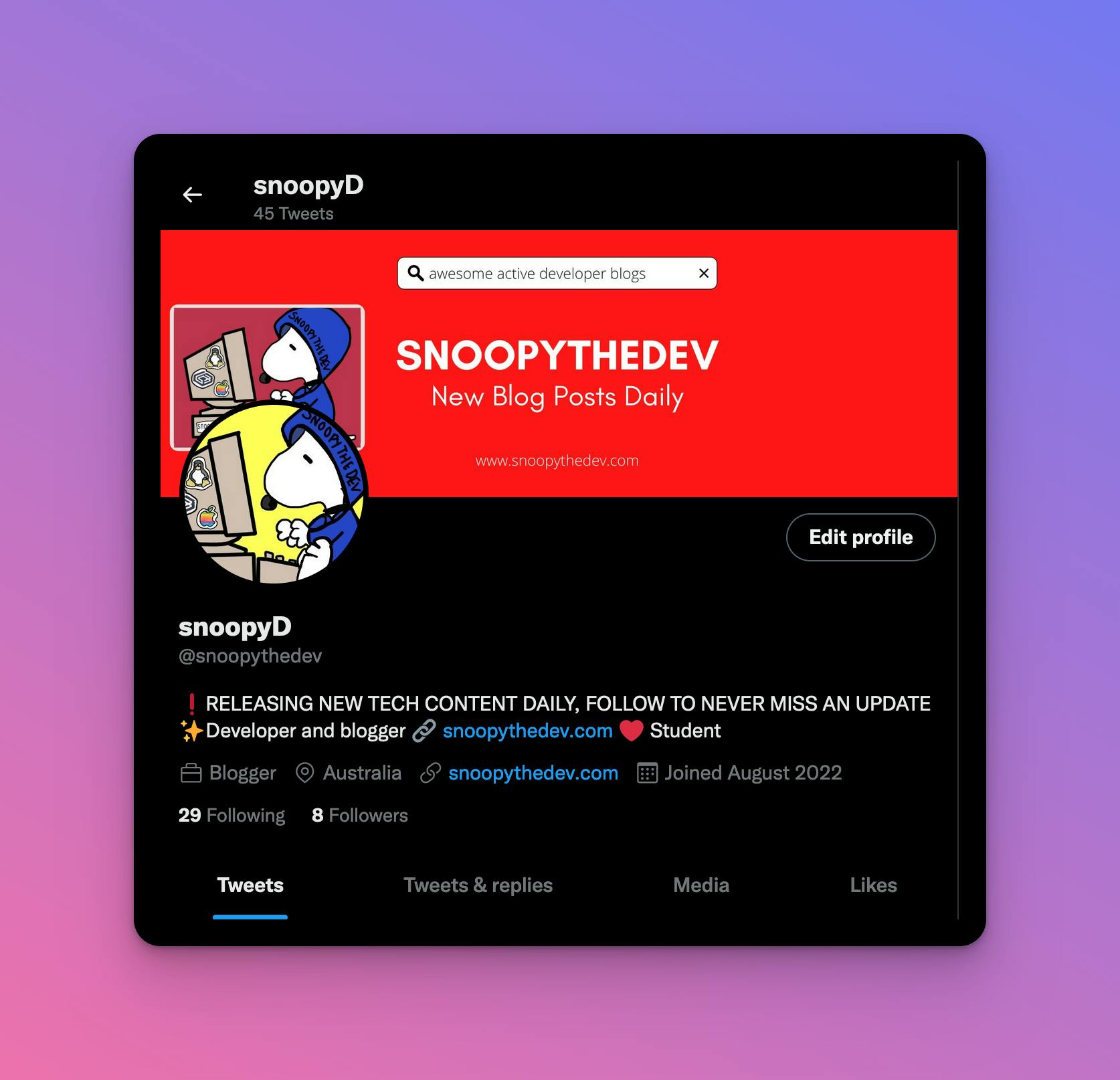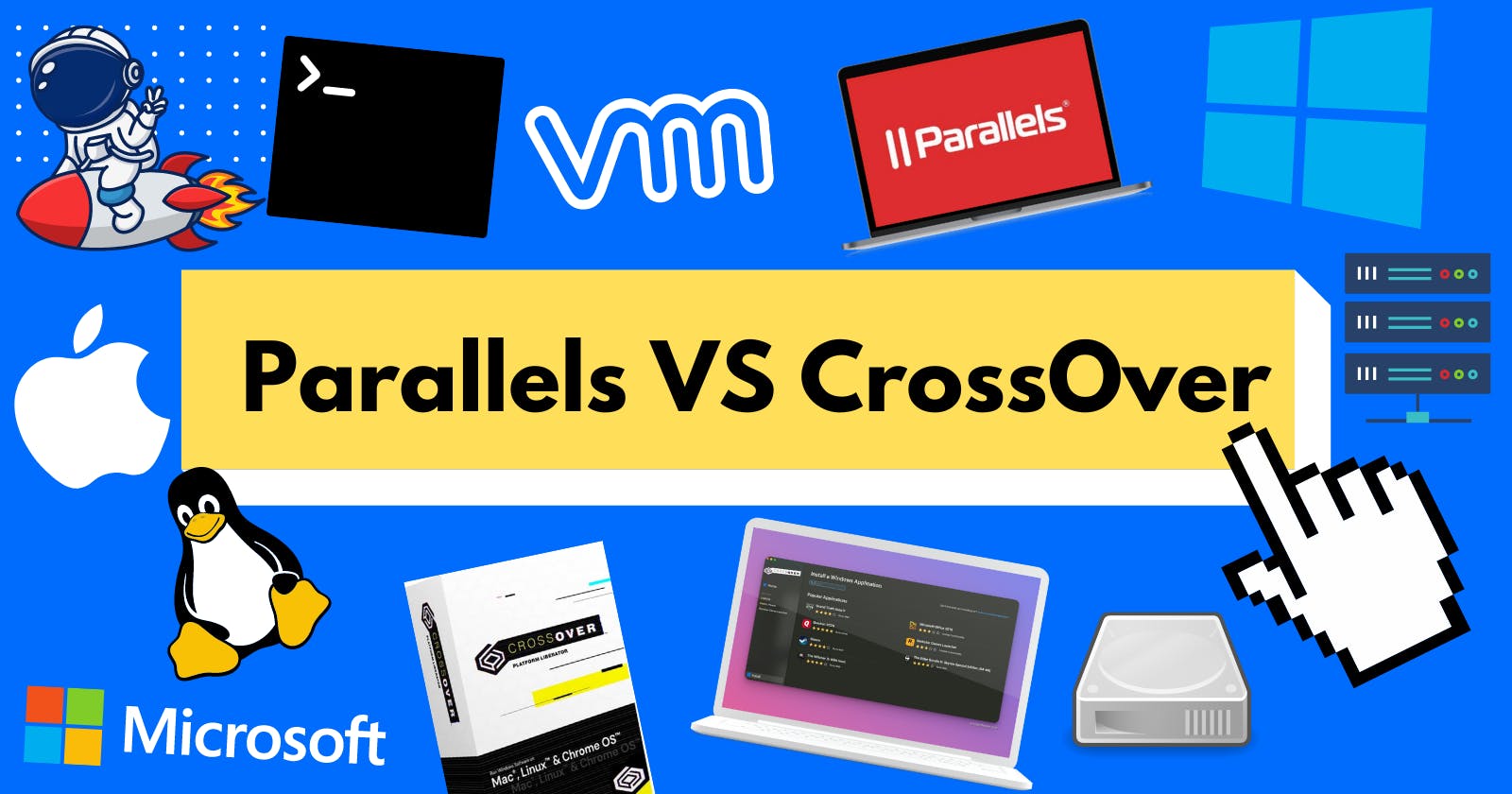When it comes to running Windows apps on Mac, you can choose CrossOver or Parallels Desktop.
Both of these options are great - but CrossOver takes the cake 🍰

My conclusion isn't due to the fact that CodeWeavers, the creators of CrossOver, is extremely cool 😎 - I've done my research and I've tried both products. Still don't believe me?
Here's a detailed analysis on CrossOver and Parallels Desktop - bias-free (mostly 😉)
CrossOver
Screenshots
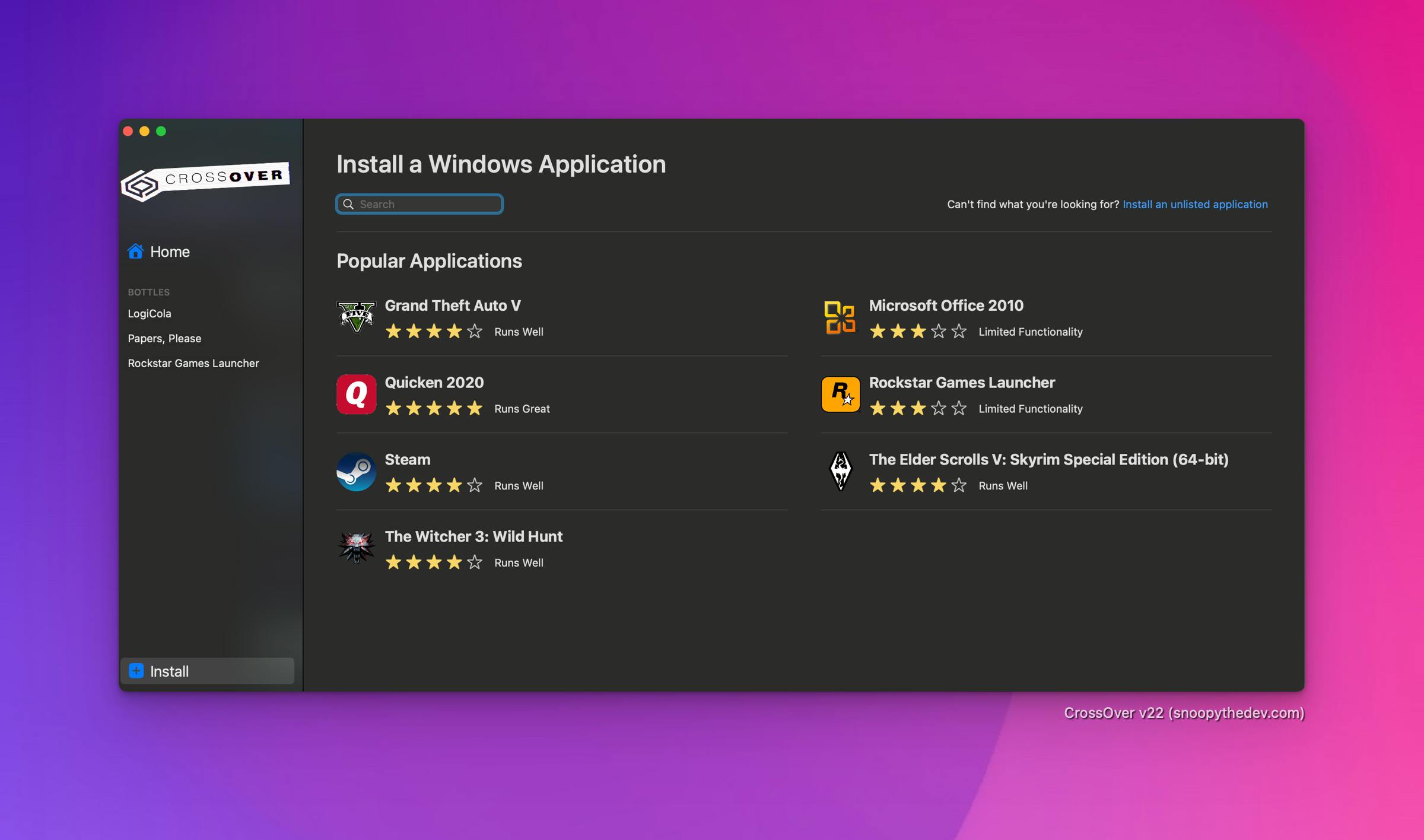
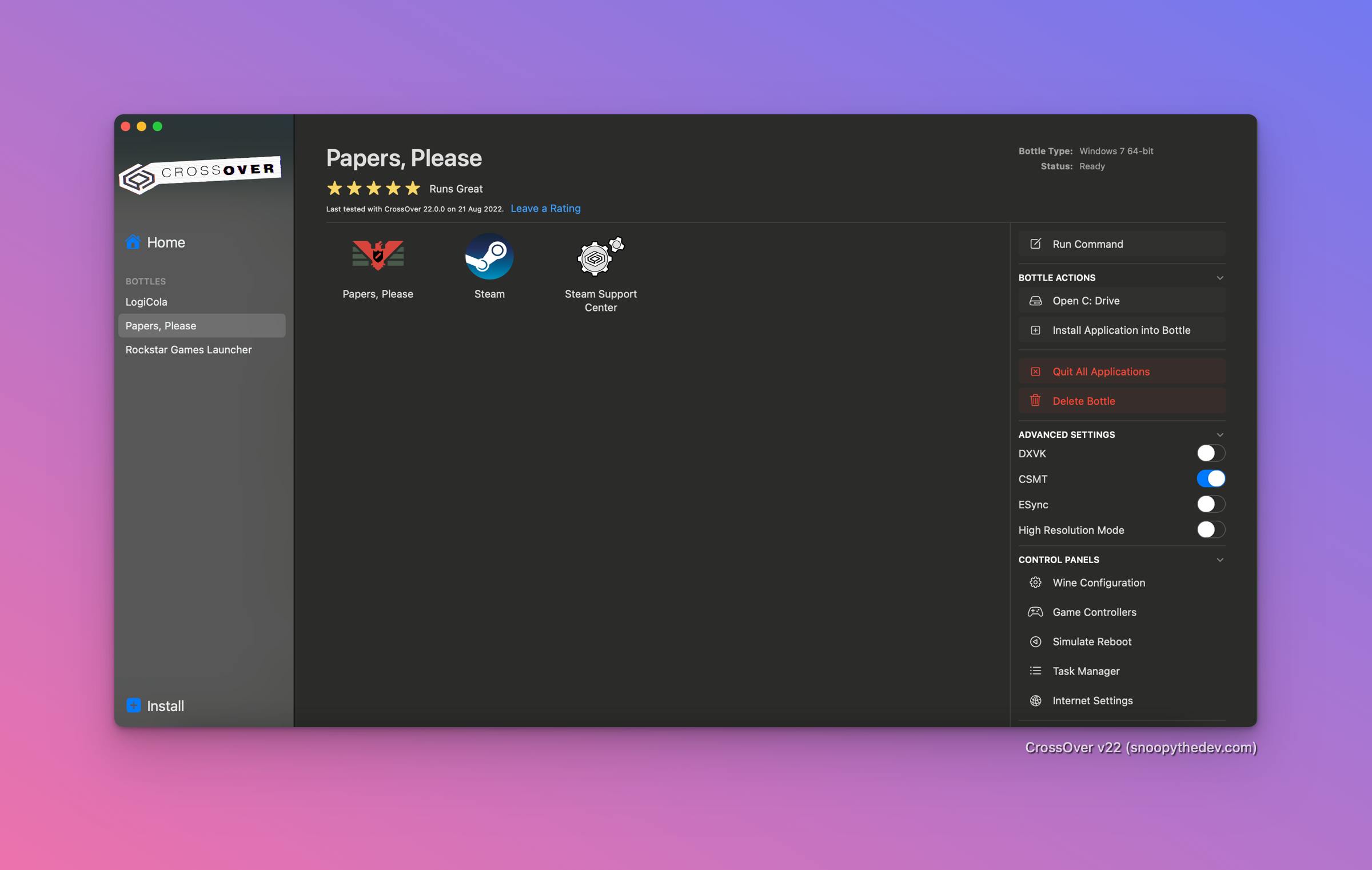
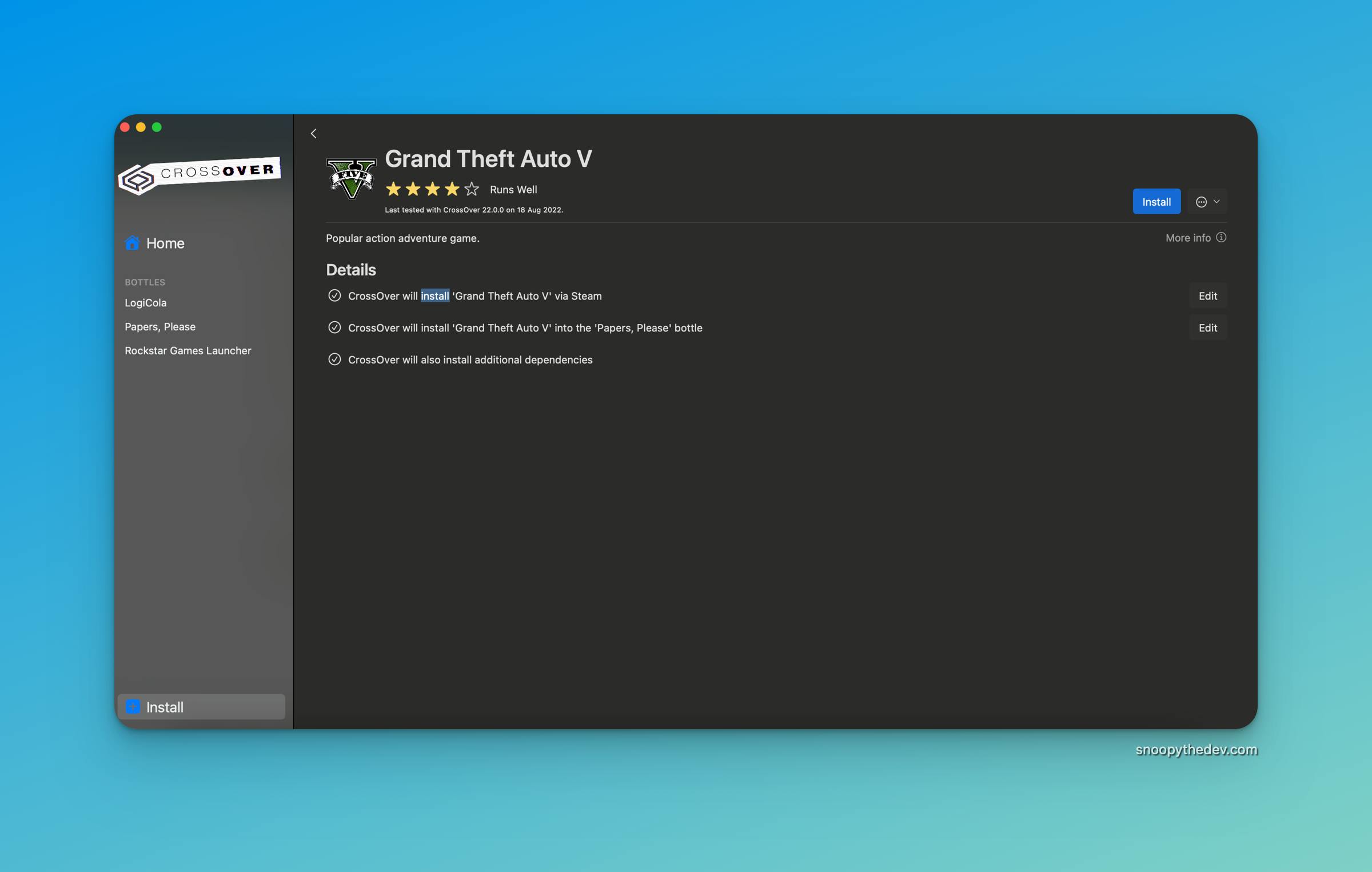
Important Features
- CrossOver is NOT an emulator, so there's no massive RAM usage and no fires starting in your computer
- Can run Windows apps without Windows OS
- Works on Linux, ChromeOS, and Mac
- Beta testing (BetterTester) program and gamified XP system to earn swag
- Supports open source projects
- Runs Windows applications at native speed, no "external" virtual machine
- Yearly updates
- Community and official support available
- Clean, beautiful UI
- Flexible license pricing and plans
- Run Windows applications without rebooting
- Sponsors the Wine project
Overview
CrossOver is not an emulator or virtual machine, unlike Parallels. This brings many advantages such as less RAM usage (VMs use 1/2 of your RAM) and smoother performance in games and applications. CrossOver works by translating Windows commands into native Mac commands. CrossOver uses Wine and other open source software to accomplish this. Although this technology works wonders on thousands of Windows applications, some applications are incompatible.
You can check compatibility here.

CrossOver uses Windows "bottles" that can be customized to use different versions of Windows, depending on the applications that will be installed using CrossOver.
As of release 22, CrossOver now adopts a "defaults" approach instead of an installation wizard to download applications. Read more about that here
Summary
If you're looking for a functional way to run Windows apps on Mac (M1 and Intel), CrossOver is the best option for those who don't want performance cuts, however understand the possibility of incompatibility for some applications.
Parallels
Screenshots
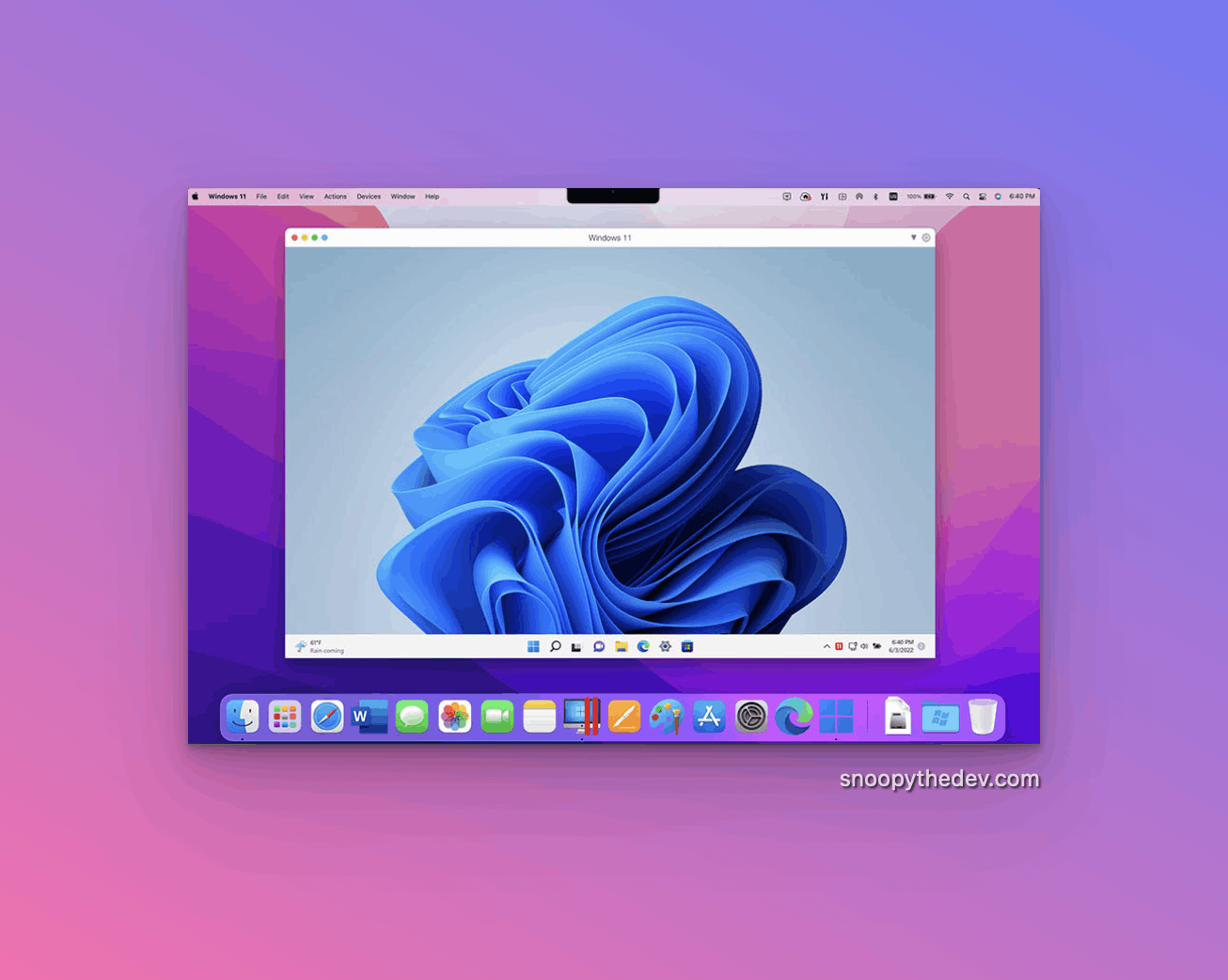
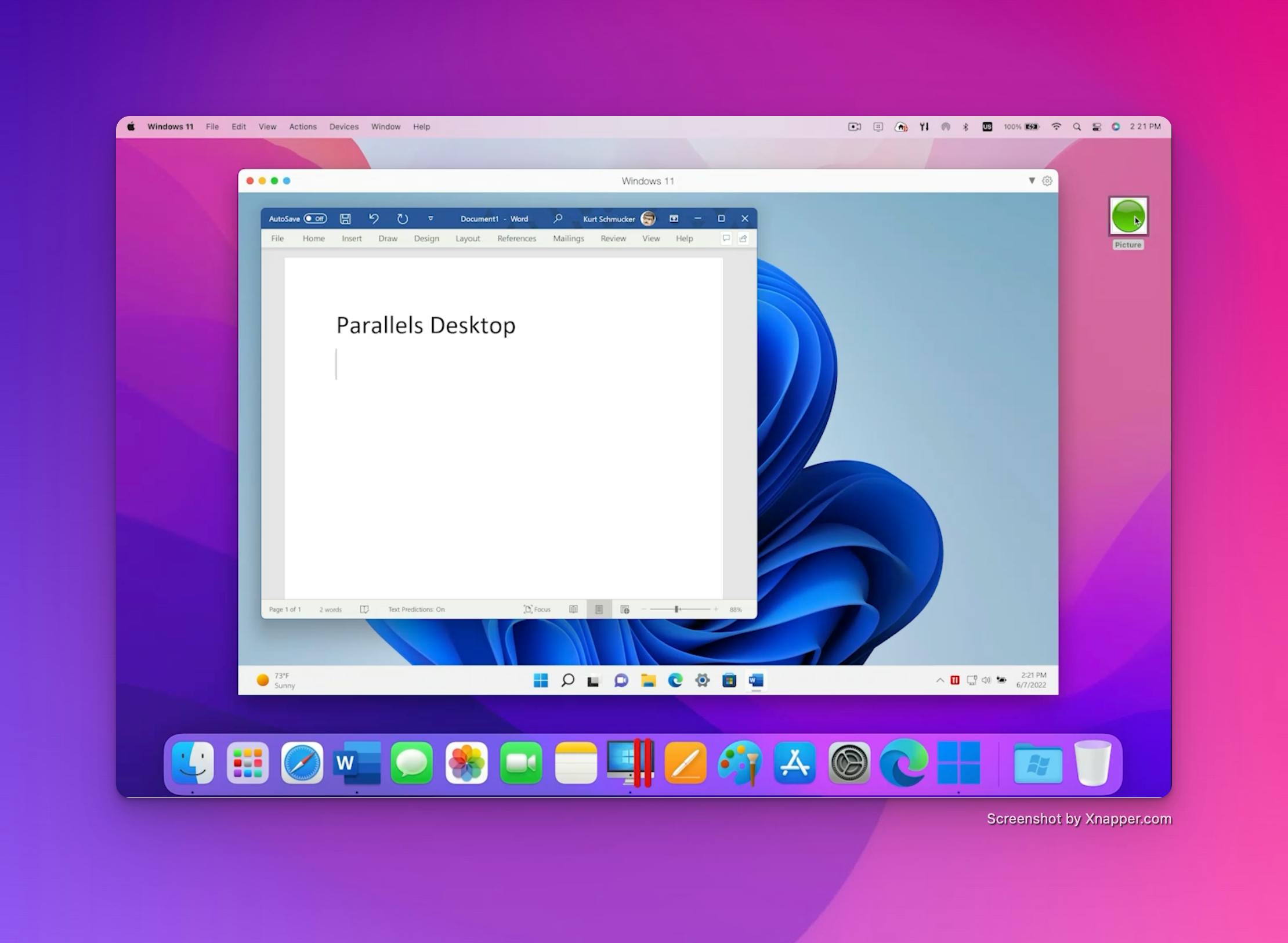

Important Features
- Reuse an existing Bootcamp installaton
- Uses a unofficial version of Windows
- Requires a beefy computer, less than 16GB RAM may result in an electrical fire
- Is an emulator/Virtual Machine
- Runs Windows applications on a "seperate" desktop on your computer
- Doesn't require dual-booting
- Performance cuts (due to RAM being taken up by virtualization)
- Only works on Mac and ChromeOS
Overview
Unlike CrossOver, Parallels runs a seperate Windows virtual machine on your computer. This means that all Windows applications will work with Parallels, however there are performance trade-offs as a result of the virtualization process. The process for installing Windows applications is the same as any Windows computer - going to the Microsoft App Store or downloading a .exe file.
Using Parallels is somewhat simpler than using CrossOver, however it's important you're prepared for performance cuts and non-native speed.
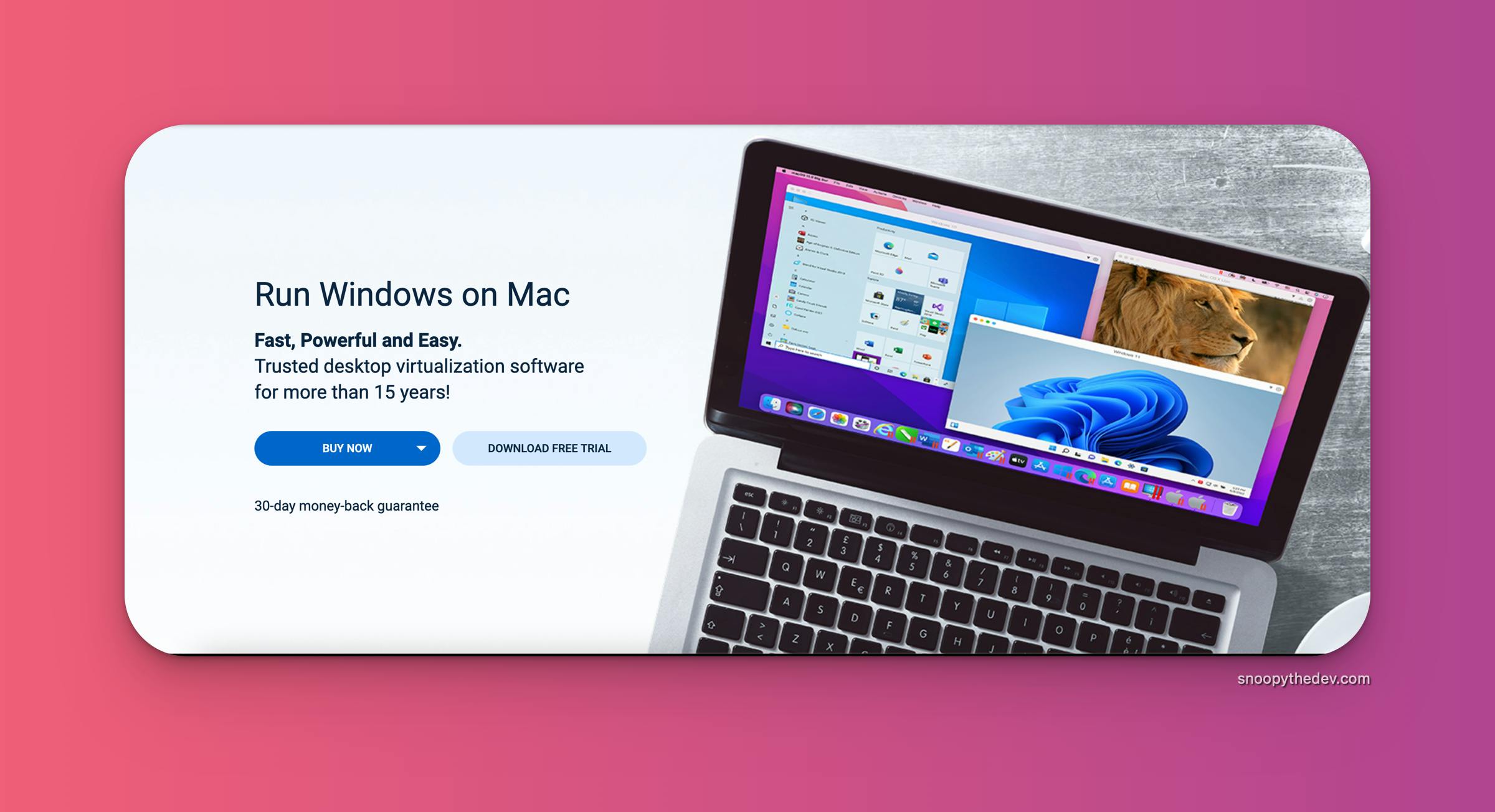
Summary
Parallels is a good choice for people looking to run low resource intensive Windows applications and prefer an "external" desktop interface.
Final Ruling

In the tough battle between CrossOver and Parallels Desktop - CrossOver WINS simply due to its better range of features and performance overall.
Do you agree with my decision, or have I missed any details? DM me on Twitter or comment down below!
Thanks for reading! Follow my Twitter and subscribe to my newsletter to never miss another exciting article! ✨🔗
